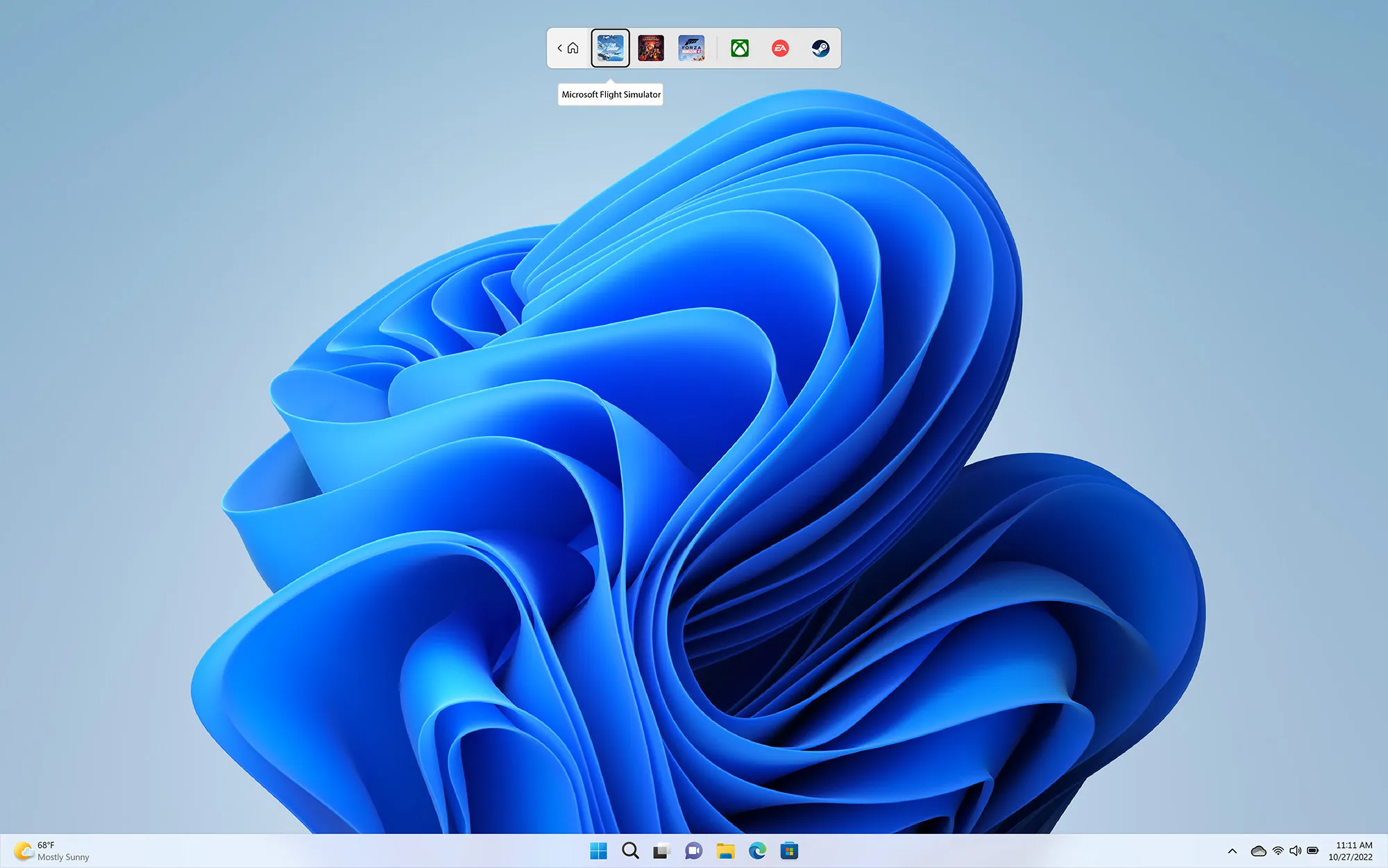In a stunning twist that could only be characteristic of 2024’s tech landscape, Microsoft has sent mixed signals to its massive user base. The tech giant’s latest updates regarding Windows 11 installations have both confused and alarmed over 400 million Windows users worldwide. This rollercoaster began with Microsoft’s firm stance on the necessity of TPM 2.0-compatible hardware for Windows 11, only to pivot dramatically, opening a Pandora’s box for users with older, incompatible machines.

The Reversal That Rocked Windows Users
Microsoft’s latest Patch Tuesday—an event typically buzzing with the release of crucial security fixes—also carried a perplexing message. Amid addressing a new zero-day among 71 vulnerabilities, the company issued a stark warning. Users with older PCs were told they might lose access to future security updates if they dared to update their systems. This advice came just a week after Microsoft appeared to close all avenues for such PCs to upgrade to Windows 11, citing the end of support for Windows 10 and the stringent TPM 2.0 hardware requirement.
However, in a nearly immediate about-face, Microsoft opened the door again, allowing updates on machines that previously didn’t meet the TPM 2.0 hardware criterion. According to PC World, this policy change allows the installation of Windows 11 on older PCs but comes loaded with caveats and warnings about potential compatibility issues.

The Environmental and Consumer Impact
This flip-flop not only affects users’ ability to keep their systems secure but also poses significant environmental threats. If the original hardware requirements had stood, it might have led to the single largest surge in discarded computers in history, as CyberNews pointed out. But Microsoft’s backtracking is no less problematic, with it essentially advising against the very updates it permits, thus leaving millions to navigate a risky upgrade path without clear guidance.

Windows 10’s Surprising Resilience
Interestingly, the number of Windows 10 users appears not only to remain steady but to grow, despite the push towards the newer Windows 11. This resilience speaks volumes about the user base’s reluctance to migrate due to the complexities and risks involved. Microsoft’s warnings that systems failing to meet the requirements are not guaranteed to receive updates underscore the precarious position many find themselves in.

A Call for Clarity and Consistency
What the Windows user community needs now more than ever is a clear, unified directive from Microsoft. As we approach the October deadline, the potential discontinuation of support for Windows 10 looms large. Users need coherent and consistent information to make informed decisions about their operating systems—decisions that could affect their security, device functionality, and environmental impact.
As we navigate these uncertain times, one thing remains clear: Microsoft must settle its policy directions not only to maintain trust with its user base but also to avert potential chaos in the tech ecosystem. Only time will tell if the tech giant can streamline its messaging and provide the necessary support to its vast array of users before it’s too late.









